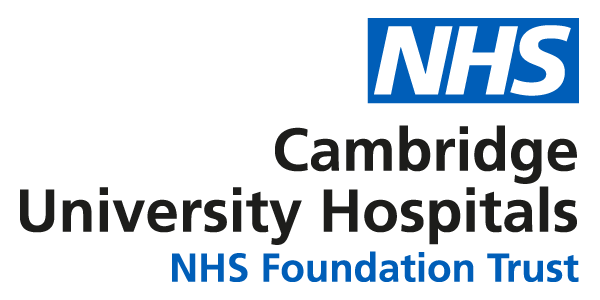Histotripsy is a new, non-invasive treatment for some types of liver cancer.
It uses focused ultrasound waves from outside the body to create tiny bubbles within the tumour.
When these bubbles collapse, they break down cancer cells without cutting the skin, using radiation, or heating the tissue.
This means no scars and potentially fewer side effects compared with surgery or traditional ablation treatments.
Patients
We recommend you speak to your consultant if you have any questions about being referred for treatment.
For patients have been referred
If you already have a referral and have further questions, please email the histotripsy team.

